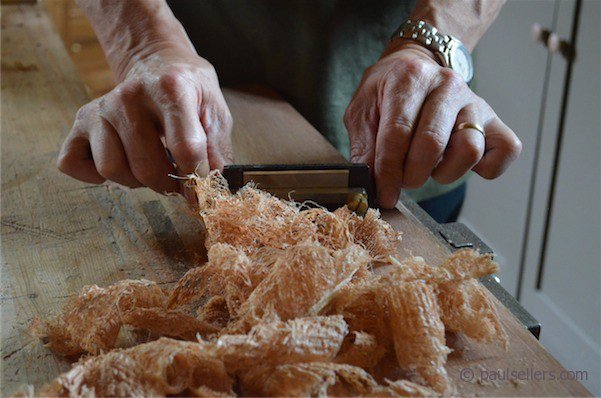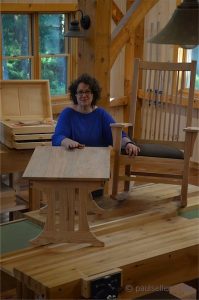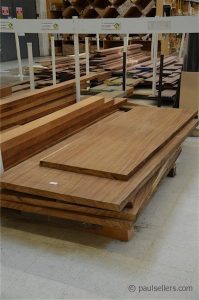DIY – It’s Still Thriving?








Comments are closed.
You must enter certain information to submit the form on this page. We take the handling of personal information seriously and appreciate your trust in us. Our Privacy Policy sets out important information about us and how we use and protect your personal data and it also explains your legal rights in respect of it. Please click here to read it before you provide any information on this form.
I think one more benefit of the “DIY” movement is that people who have given it an honest try are a bit more respectful of real craftsmanship and a bit less tolerant of cheap excuses. You’ve been there, done that, there’s dirt under your fingernails, a splinter in your thumb, scratches in your hide and sweat in your eyes. From then on when you see something that “just works” and lasts for generations you have a better understanding of what that takes. You also know that MDF isn’t “real wood” and a 16 penny nail isn’t the same as a mortise and tenon joint.
Whenever I visit a new area in the UK, I search out old hardware shops. A few still exist, but they are disappearing. Often they have very old stock and you can still get things that are no longer made, or are better quality.
I once fitted a gas fire, was told how to by a qualified gas fitter. Later when it was being serviced by a close to retirement old school gas fitter, he said, looking at how it was fitted he must have done it in the past. I didn’t tell him the truth, but it did make me feel good.